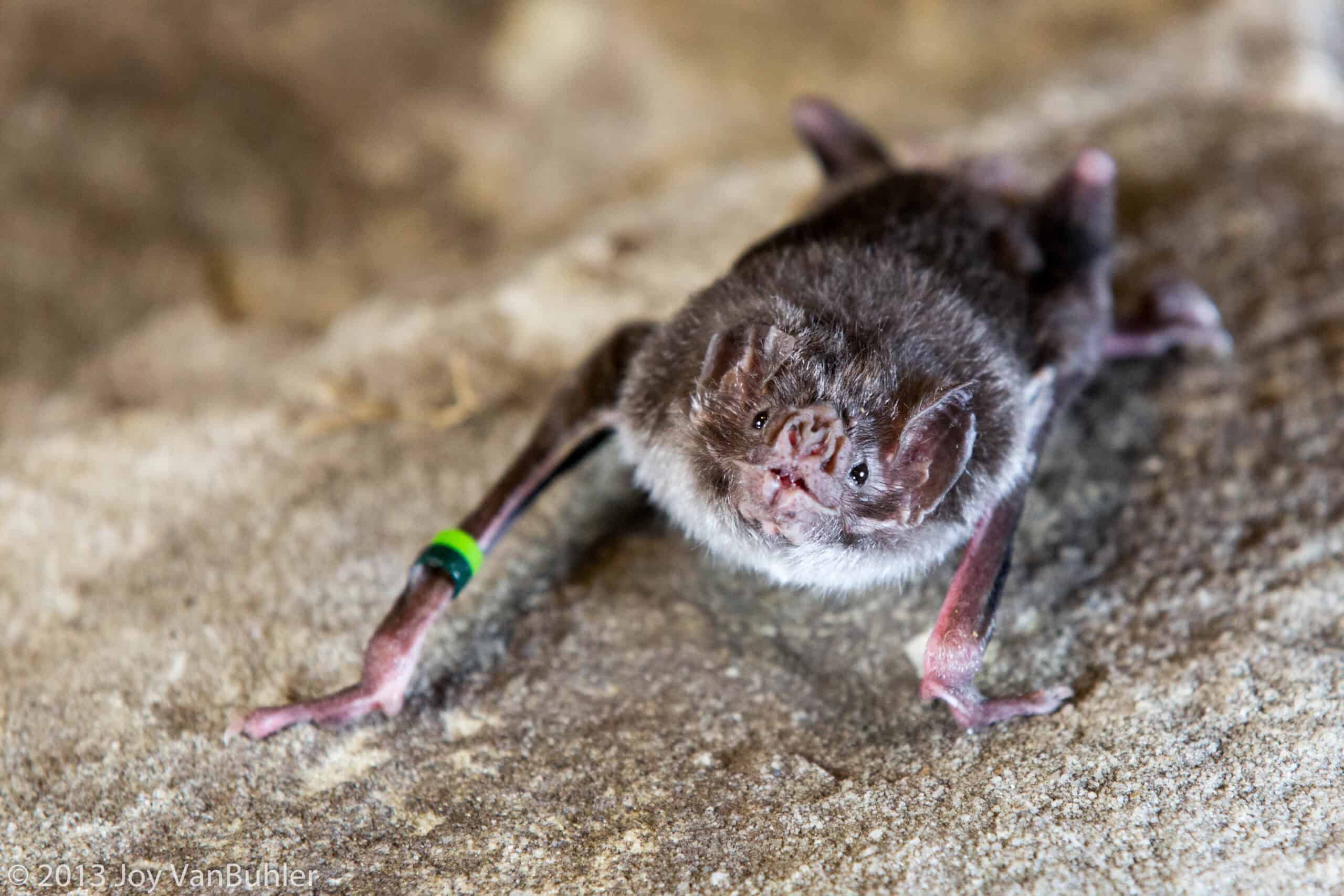Share this article
The colors you wear can affect your wildlife research
The color of your T-shirt could affect your wildlife research, at least if you’re studying western fence lizards (Sceloporus occidentalis).
That’s what Breanna Putman found when she was trying to determine if the bright orange shirts her team was wearing were affecting their research on the species. Putman is the lead author of a recent study on the lizards published in PLOS ONE.
Putman, a behavioral ecologist with the Natural History Museum of Los Angeles and the University of California, Los Angeles, was working at the Urban Nature Research Center, which studies urban biodiversity in Los Angeles. Sometimes, she and her team would look for nocturnal lizard species in people’s yards or on the sides of people’s houses at night — an activity that can prompt wary Angelinos to call the cops on them.
As a result, the museum designed bright orange T-shirts with their logo on them. “They know we’re doing official work because we’re wearing a uniform,” she said. “We’re conspicuous to people, but I wanted to know if we’re also conspicuous to the animals, and if we’re studying the animals, is this going to affect our results?”
She knew about past studies that showed that birds with red or orange body patches were less afraid of people wearing orange hunting vests than birds that lacked those colors.
“We took the study of this to the next level,” Putman said.
From August to September 2016, she and her team studied the effect of T-shirt color on western fence lizards, which have bright blue on their bellies and throats, which they display during territorial disputes. “We thought if this color has evolved along with the perceptual system of lizards, maybe they have some sort of bias for this color,” she said.
As part of the study, Putman and her colleagues selected four different shirt colors to test out the theory: dark blue, light blue, red and gray. The blue colors were used to test their idea about the lizards’ bias toward the color. Putman chose red since it’s at the opposite end of the visible spectrum and gray because it’s a dull color and similar to the lizards’ body color.
After finding the lizards, the researchers conducted flight initiation distance tests, walking directly toward the animal to determine the distance they could approach it before it flees. Putman found that when she wore the dark blue T-shirt, the lizards let her approach about 200 centimeters. When she wore red, they only let her approach around 100 centimeters.
More surprisingly, when attempting to catch the lizards to record things like body size and sex, she found that when she wore red T-shirts, she was having a much harder time catching them than when she wore blue. She was able to successfully capture the lizards over 80 percent of the time wearing blue and only 40 percent successful when she wore gray or red. Putman thinks the lizards might have seen her as an intruder or a potential mate when she was wearing the blue T-shirt and would stick around to check her out.
From a researcher’s perspective, she said, the results suggest that when conducting animal behavior research, it may be important to wear the same color or randomize what researchers wear so their clothing doesn’t impact their results.
For the general public, Putman suggests people on ecotourism trips might want to wear certain colors to be able to get close to animals or take photos of them.
Now, she’s looking at whether the escape behaviors she measured cause long-term effects on the species .
In the meantime, Putman and her colleagues are still wearing the bright orange T-shirts. “The orange really helps with people management,” she said. “There are tradeoffs — I’d rather not have the cops called on me.”
Header Image: A male western fence lizard perches on a rock. ©Taylar








